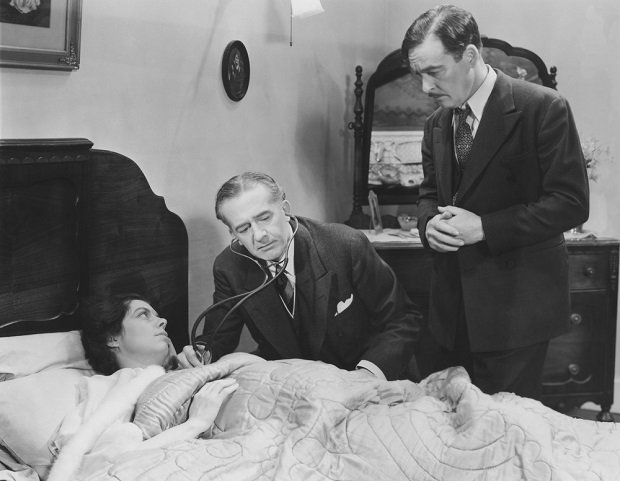15 Interesting Facts About House Calls
When you hear the term house call, chances are you imagine a Norman Rockwell-type scene of a kindly white-haired doctor with a black bag open at his feet bent over a child sick in bed with a nervous young mother hovering nearby. This sort of image was the reality in America for a long time: healthcare equaled house calls. By 1980, however, the house call had all but disappeared.
Today, however, house calls are making a resurgence as more and more patients and physicians are learning the value of home-based primary care and urgent treatment services. To bring you up to speed, here are 15 interesting facts about house calls:
House calls do not have to cost an arm and a leg. In the mid 20th century, at least one New York City doctor charged $7 for house calls before midnight and $10 afterwards. Today’s house calls, though not so cheap, come with similar flat fees.
Between the beginning of World War II and 1980, the percentage of house calls versus visits to physicians offices dropped from over 40% to .06%.
The slow return of house calls kicked into high gear with the beginning of the COVID-19 pandemic and the resulting restriction of many routine medical services (like childhood check-ups and immunizations) and diagnostic tests. The house call is making a comeback, and it’s high time. If plumbers, roofers, and HVAC technicians make emergency house calls, shouldn’t doctors? It’s just the right thing to do!
House calls save patients and insurance companies money by preventing readmission to the hospital, reducing the necessity of long-term care or time in a rehab facility, and managing many chronic illnesses. A house call can eliminate the need for an ambulance for a patient who cannot otherwise be transported because of disability.
Because insurance companies recognize the cost-saving potential of house calls, more and more providers cover the cost of home visits by physicians and telemedicine.
The fastest growing segment of the U.S. population by age is that of persons 85 and older. By 2030, there will be more than 70 million Americans 65 or older. Expanding home primary care services is critical for family members charged with the care of an elderly relative. Toss in the added realization that the capacity of assisted living and long-term care facilities falls woefully below the projected need, and we have a real crisis brewing.
When doctors make house calls, they have an opportunity to provide enhanced care by observing a patient’s environment. They can tell if someone has been smoking in the home, for instance, or what physical changes might be required to help an older person stay in the home more safely (removing throw rugs, for instance, or adding rail in a bathroom).
House calls are not just convenient for patients and their families but they remove much of the stress of a visit to the doctor’s office or a hospital. If you have ever witnessed a child melting down in an exam room or a dementia patient bewildered and frightened by being removed from the familiarity of his or her home environment, you will understand the relief a house call provides.
This is a no-brainer, but house calls prevent you from picking up the germs of other patients while you wait in the lobby of a doctor’s office or a hospital.
The array of services available via house call (or telemedicine) is astounding, but really shouldn’t be. If the “horse and buggy” doctors of the 19th century could provide prenatal care, stitches, and dispense medicine, 21st century physicians should be able to do the same.
Because of advances in technology, lots of medical equipment that used to take up half a room is now small and portable. Smaller, portable machines mean that you can get x-rays, EKGs, and ultrasounds in the comfort of your own home, and you don’t have to wait days or weeks for an appointment.
Blood and urine samples that used to require a laboratory for testing can be done entirely at home. Imagine–a portable centrifuge that just plugs right into a car outlet! And imagine the relief of eliminating the long stressful waiting times to get results back!
Speaking of eliminating long waits, you can schedule same day doctor visits, whether it’s for an illness, accident, or routine primary care.
House calls and telemedicine provide a very effective means of managing chronic illnesses such as diabetes or congestive heart failure. Smart watches and tools like the Oura ring allow physicians to monitor biometrics remotely and adjust medications or change treatment before hospitalization becomes necessary.
You can get a house call 24/7!
Many things are better left in the past. House calls are not among them. Explore the options in your community and see if you aren’t amazed at the possibilities of having healthcare brought to your own home.

